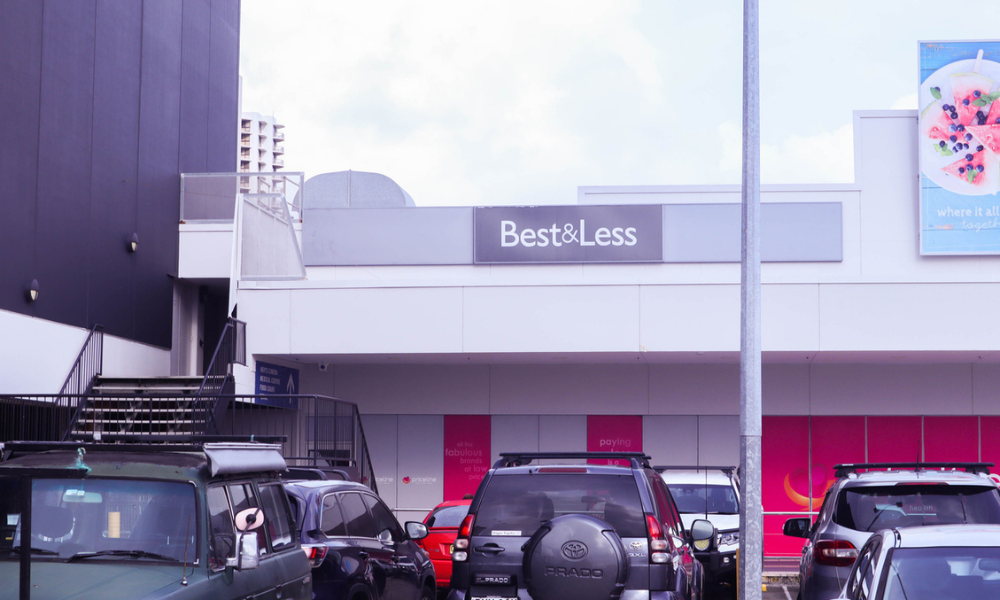A good HRIS can make the daily life of HR professionals and the businesses they work in much easier. HR Leader looks at the experience of Western Australian-based property group Hawaiian and how it managed a smooth and seamless HRIS integration.
A good HRIS can make the daily life of HR professionals and the businesses they work in much easier. HR Leader looks at the experience of Western Australian-based property group Hawaiian and how it managed a smooth and seamless HRIS integration
Hawaiian is a Western Australian- based property group which owns and manages an Australia- wide commercial, retail and hos pitality portfolio. Established in 1993, the company is a family-owned busi ness which employs 70 staff.
Ellie McBride, Hawaiian’s human resources manager, says the company has always invested in HR both at an opera tional and strategic level. This approach has been driven by the vision of the CEO to dif ferentiate the business from its peers by investing in HR and marketing as funda mentals of the business, she explains.
With this commitment, she says, it was clear that the business needed a user-friendly and customisable HRIS that could take its existing HR processes online and ensure the company continued to meet the expecta tions of staff.
“Many of our staff had worked in pre vious workplaces that offered employee kiosk facilities, including online leave man agement through to online performance reviews and we felt we could not consider our investment in HR complete without a similar resource,” she says.
At the same time McBride was research ing a potential HRIS, the business decided to outsource its payroll function, which then introduced the need for an externally hosted HRIS that could also act as an interface to its outsourced payroll supplier. While the outsourcing decision was based on cost- effectiveness and efficiency, a big concern for McBride was that she would lose the reporting functionality that its in-house pay roll software had provided.
HRIS considerations
It was important to find a solution which was easy to use for staff of all ages and lev els of computer literacy, McBride says. Other factors included the volume of HR administration generated by the business, a wider business goal to move to a paperless operation, as well as overall improvements to its record-keeping practices.
The HRIS needed to include a full suite of functions that could be rolled out over time as the business embraced the system and became fully customised at a user level, McBride explains, limiting any dependence on an external host once it was operational. “Given we were researching externally hosted solutions, privacy and security were a priority and we needed to provide assur ance to our employees that their information was secure,” she adds.
Hawaiian opted for a solution provided by EmployeeConnect, and McBride says that so far there has been “fantastic feedback” from all staff with regards to the efficiency it has created and the general appreciation of staff having access to their own records.
From an HR administration/manage ment perspective, all the functions are yet to be rolled out to the business and the retrospective data input has been challenging with regards to time, but she says the reporting functionality “has served us really well. As soon as we went live with the HRIS we learnt so much about our business that we had not anticipated initially. Information about our EEO status to detailed turnover analysis has been a value-added exercise, as it now enables us to see ourselves for what we really are and respond accordingly.”
Building the business case
Despite there being an existing appreciation and under standing of the benefits a fully functioning HRIS would provide, the Board of Hawaiian still called for a case to be put forward for approval.
With regards to ROI, McBride says improvements in leave management and planning at a frontline level were required because manual processes had seen the opera tion compromised on a number of occasions, leaving the business to rely on temporary staff or paying overtime.
Furthermore, with a high level of processing and admin istration associated with previous HR and payroll processes, the HRIS has replaced one FTE resource and reduced paper-based processes entirely. “These were all part of the initial business case and 12 months on con tinue to support the investment,” she says.
Riding the learning curve
As with the implementation of any new process or sys tem, basic change management was critical, according to McBride. While she says the introduction of the HRIS to the business was managed well, the level of ongoing train ing was not anticipated. “When you are using something every day it becomes second nature to you, but for those who only log in occasionally you need to be there to talk them through some of the functions.”
McBride was determined that the HRIS would not be perceived by the business as replacing HR as a service, and that as a tool it would enable her to spend more time dealing with the things she should be focussing on.
“What I did not expect was the interest the new HRIS generated with some of our managers about their teams. It has been a real pleasure to see leaders within the busi ness that did not previously analyse their teams the way they now can, suddenly ask me for more information and want to discuss what more the HRIS could do for them,” she explains.
“Something I was concerned would create a perceived barrier has actually opened the door further.”
HR tips and tricks
Ellie McBride, human resources manager for Western Australian-based property group Hawaiian, says any company considering an HRIS should do their homework and decide what it is that they want from an HRIS. "It is really easy to get excited about all the 'bells and whistles' some solutions provide, but if you are a small-or-medium-sized business you may only need a few components and it is important you don't lose sight of these," she says.
"Research and compare - ask the provider what it is about their solution that differentiates them from other products on the market and why you should choose them. Get references; ask to speak to some of their existing clients to find out their experience of using the HRIS. Make sure they are similar-sized businesses with similar challenges to you."
It is also wise to consider after-purchase service and ongoing costs, McBride says. Being a WA-based business using a Sydney-based supplier, she wanted someone at the end of the phone when she needed it, but explains that she did not want to be charged every time she sought advice on their product.
Customisation and flexibility are also crucial, because McBride says the software should adapt to your business if the business changes. Lastly, she says user training is critical, because you "only have one chance to make a first impression and you need your users onboard and engaged - so get all the glitches sorted before you introduce them".








